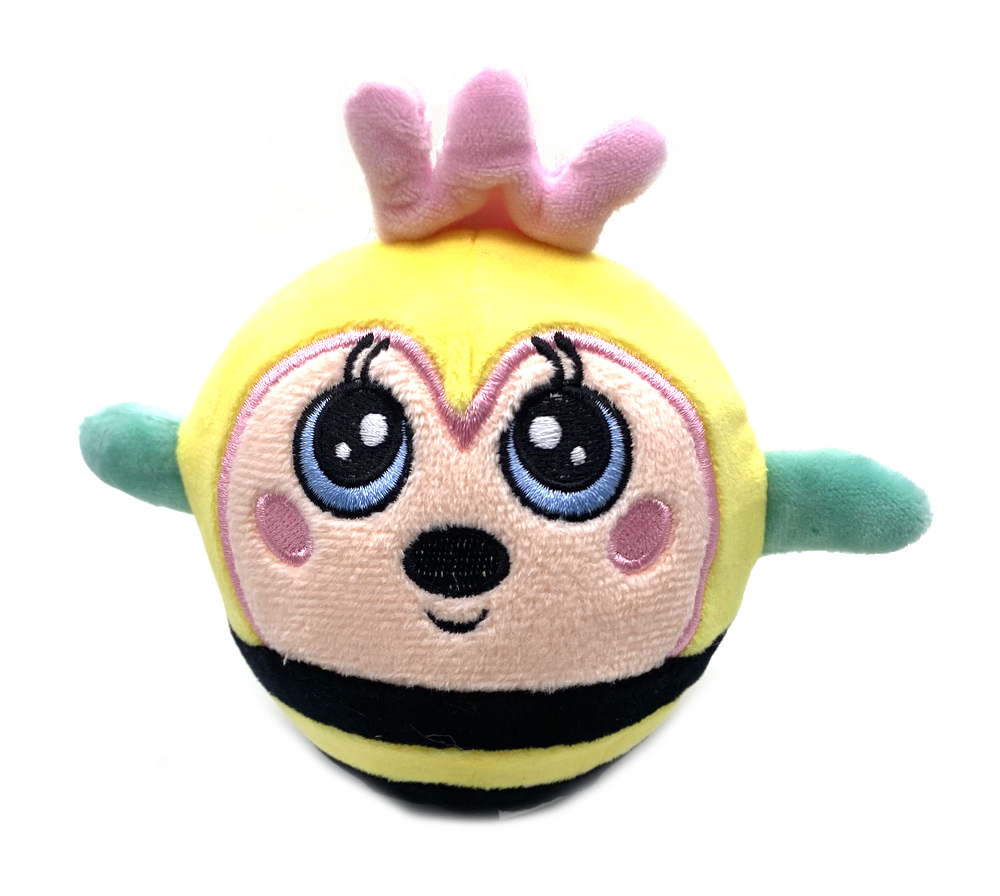The Role of Memory Cotton Fillers in Squeezable Plush Toys: Material, Construction, and Benefits
3 min readSqueezable plush toys have become a sensation in the world of children's playthings and stress-relief accessories for adults. Their unique ability to provide a slow rebound after being squeezed sets them apart from traditional stuffed animals. This distinctive feature is largely due to the use of memory cotton fillers, which play a crucial role in the material and construction of these toys. Voning International Co., Ltd. is a manufacturer of squeezable plush toys. In this article, we will explore the significance of memory cotton fillers in squeezable plush toys, their impact on the toys' performance, and the importance of high-quality materials for durability and safety.
The Science Behind Memory Cotton Fillers
Memory cotton, also known as viscoelastic foam, is a type of polyurethane foam that has a slow response to pressure. When a force is applied, it takes a moment for the foam to compress, and it slowly returns to its original shape once the pressure is removed. This property is what gives squeezable plush toys their signature slow rebound effect.
1. Material Composition: Memory cotton is composed of a blend of polyurethane and other additives that give it its unique properties. The foam is made by mixing these materials and then pouring the mixture into a mold. After it sets, the foam has a soft, spongy texture that is ideal for plush toys.
2. Construction Process: The construction of a squeezable plush toy begins with the outer fabric, which is often made of soft and fuzzy materials like polyester or velour. The fabric is cut and sewn into the desired shape, leaving an opening for stuffing. Memory cotton fillers are then inserted into the toy through this opening. Once the toy is fully stuffed, the opening is sealed, and the toy is ready for use.
3. Slow Rebound Performance: The slow rebound performance of memory cotton fillers is what makes squeezable plush toys so appealing. When a child or an adult squeezes the toy, the memory cotton compresses slowly, providing a satisfying sensation. As the pressure is released, the toy gradually returns to its original shape, offering a unique tactile experience.
Importance of High-Quality Materials
The use of high-quality materials in the construction of squeezable plush toys is essential for several reasons:
1. Durability: High-quality memory cotton fillers are more resistant to wear and tear. They maintain their shape and slow rebound properties over time, even after repeated squeezing. This durability ensures that the toy remains enjoyable and functional for a long period.
2. Safety: Safety is a paramount concern when it comes to children's toys. High-quality materials are less likely to contain harmful chemicals or allergens. They are also more robust, reducing the risk of the toy falling apart and presenting a choking hazard.
3. Comfort: The comfort of a squeezable plush toy is directly related to the quality of its materials. High-quality memory cotton fillers provide a soft, cushiony feel that is pleasant to touch and hold. This comfort is a key aspect of the toy's appeal, especially for those seeking stress relief or sensory stimulation.
Memory cotton fillers are the heart of squeezable plush toys, providing the slow rebound performance that has made these toys so popular. The use of high-quality materials in their construction ensures durability, safety, and comfort, making them a worthwhile investment for both children and adults. As the demand for sensory and stress-relief products continues to grow, the role of memory cotton fillers in squeezable plush toys is likely to become even more significant.
https://www.voning.com
Voning International Co., Ltd.

